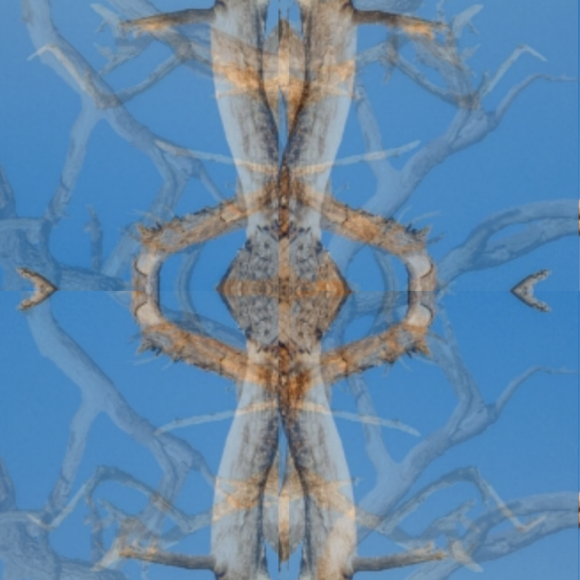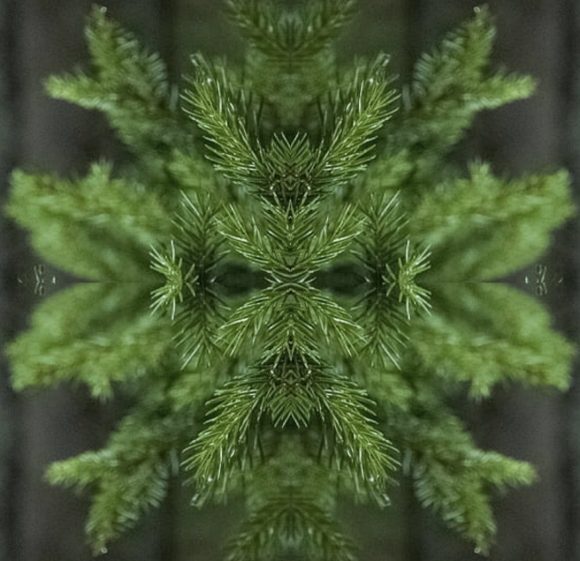Under the Jungian assumption that even in waking life we frequently do not interact with the real people in front of us but rather with something we project into them, we might treat the figures we encounter in dreams in just the same way — we might take the stance that “that they are fundamentally fantasy-images cloaked in after-images”, as Patricia Berry puts it (Echo’s Subtle Body, 46), alluding to Freud’s notion of Tagesreste.

Her answer to the question (“If someone I know appears in a dream, what is going on?”) is more traditionally Jungian than Hillman’s answer in terms of daimones. Dreams, on that traditional view, are symbolic representations of what goes on in the psyche, and they speak in metaphors. If dream characters appear to be the familiar people from our day world, we should consequently try to “see through” this disguise, and interpret them as metaphorical expressions.
The dream offers the opportunity to make metaphorical these figures, and thus the psyche may be seen as working toward the imaginal, away from the perceptual—repetitively and insistently. This movement may be regarded as the psyche’s opus contra naturam, a work away from the natural reality of the perceptual toward the psychic reality of the imaginal. (Ibd.)
Thus we take a stance quite similar to those moments when, in waking life, we ask ourselves: “Do I really pay attention to the person in front of me, or am I projecting something here?” (Which is called “withdrawing projections” in the technical language of analytical psychology, and typically needs some outside help, i.e. therapy, to get going.)
But notice that the direction is different here: when withdrawing projections, we move away from the metaphorical (seeing a projection of some psychic feature) towards the actual person, perceiving them literally as they are; when we’re understanding dream characters as figurative presentation of a psychic feature or process (fantasy-images “cloaked in” Tagesreste), we move towards the metaphorical, and away from literal understanding.
This latter direction is what Berry refers to as the movement of the psyche contra naturam. (It is said to be a movement of the psyche because the psyche is what produces dreams; thus on this view, the primary actor behind both dreaming and the understanding of dreams as metaphorical is one and the same, namely: the psyche.)
Now this whole line of thought comes full circle if we recall that we started with an assumption (taken from Jung’s writings): that even in waking life we often project fantasy-images into other people. This move — of making the assumption — is in fact also a move away from the literal (perception of other people) towards the metaphorical (understanding them as projections). It is the reverse of “withdrawing” projections: it is the move of understanding projection as happening in the first place. Rather than understanding dream characters on the model of seeing (perceiving) people in waking life, on this move we see (imagine) people in waking life on the model of dream characters (as metaphors, i.e., “projections”). It is a move of “psychologizing” our daily world (in Hillman’s terms), an overlay of metaphorical understanding over actual perception.
Thus with respect to dealing with both day world people and dream characters, the Jungian perspective is consistent with one of its basic tenets: the one I’m currently discussing under the heading “perspective reversal”. We don’t understand dream people on the model of the day world; we read the world on the model of dreams.




[…] and given the idea that much of what we perceive as going on in the outer world are thought to be projections, even the “text” of an episode like my example, taken to represent an everyday occurrence, […]